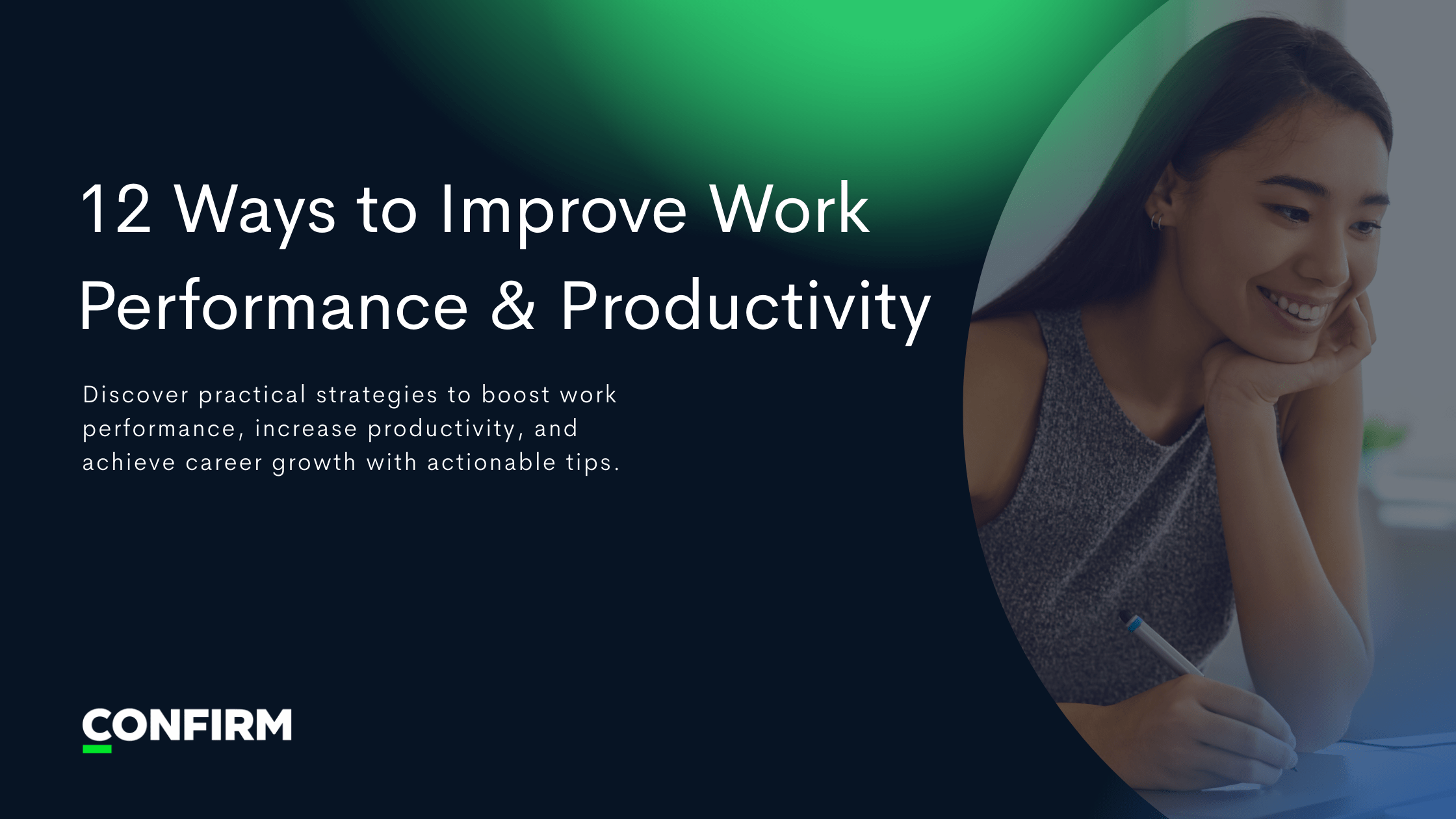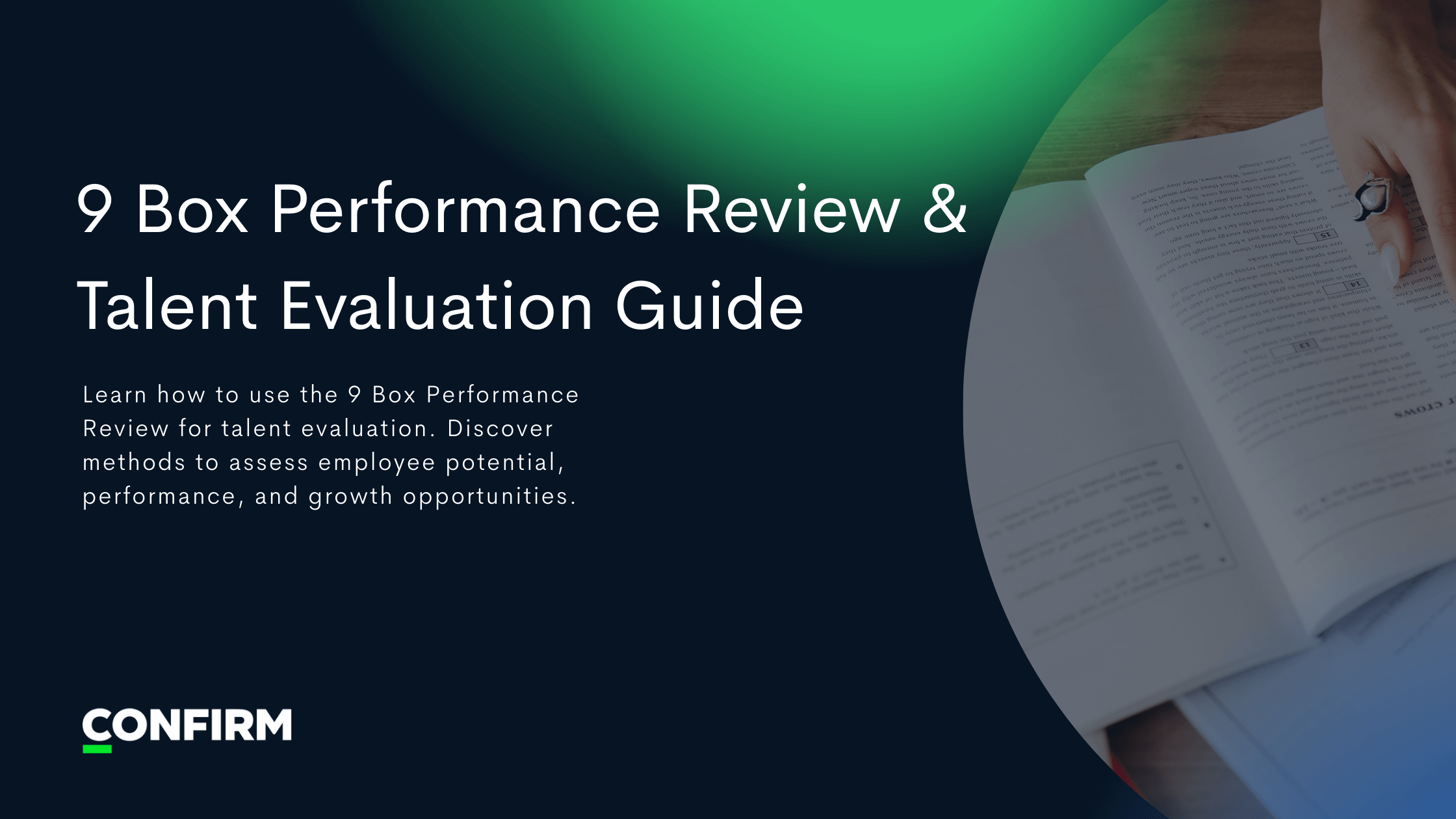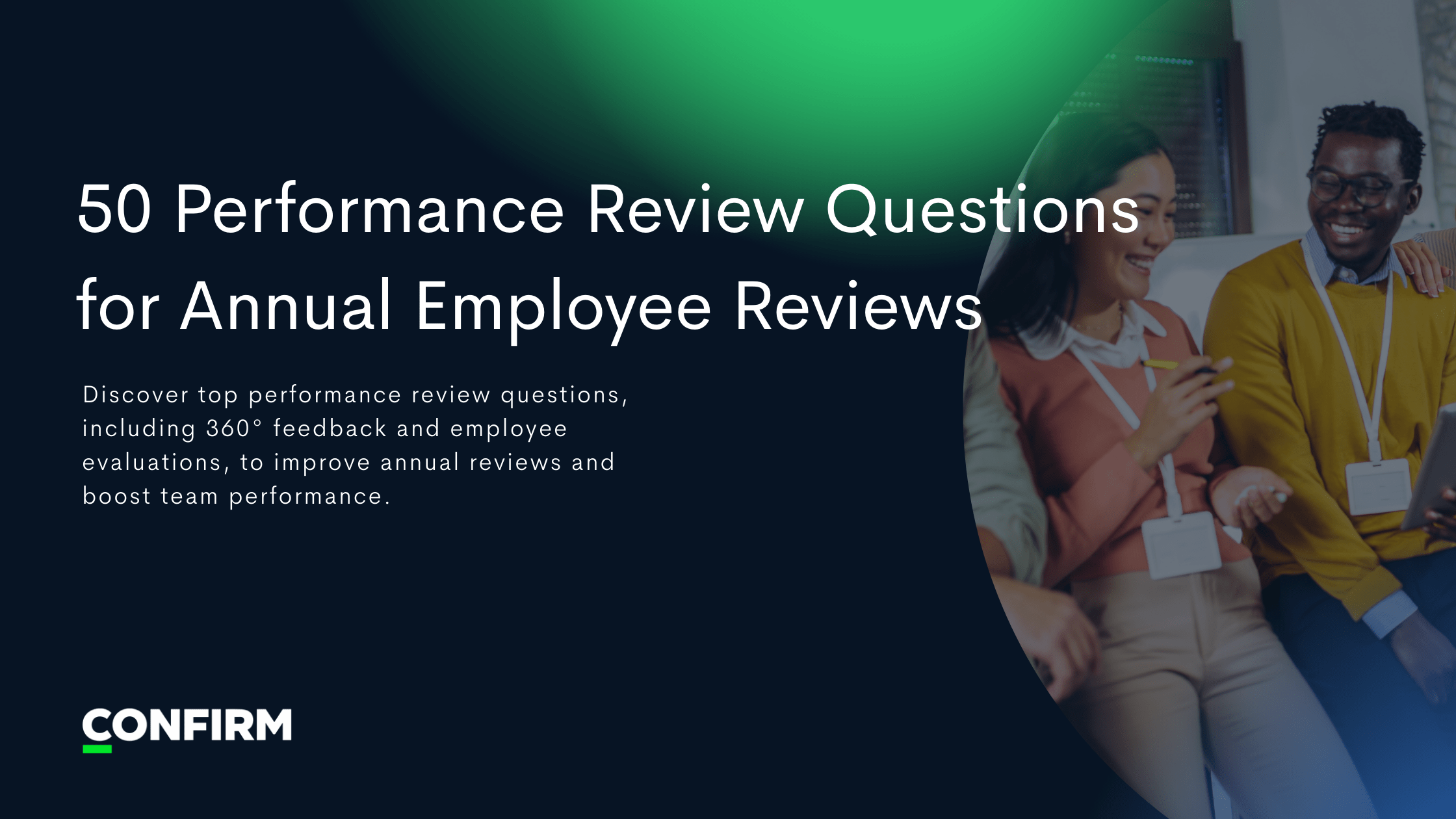
Blog post
12 Ways to Improve Work Performance & Productivity
Discover practical strategies to boost work performance, increase productivity, and achieve career growth with actionable tip

Improving your day‑to‑day effectiveness doesn’t require an overhaul—just consistent focus on the right areas to improve at work. Below, you’ll find top ways to improve work performance, common pitfalls to avoid, and clear answers to FAQs. The tone here is practical and slightly conversational, so you can pick a few things to improve on at work and start seeing results this week.
What is work performance?
Work performance is how reliably and efficiently you meet the expectations of your role—quality of output, timeliness, collaboration, and impact on team or company goals. In practice, it’s the degree to which your daily actions translate into meaningful results. Measurable indicators (KPIs, goals, deliverables) help quantify performance, while behaviors (ownership, communication, problem‑solving) signal how sustainably you achieve it.
Why is work performance important?
High performance compounds. It builds credibility with peers and leaders, unlocks opportunities, and strengthens your organization’s results. For individuals, better performance typically means more influence, faster growth, and less stress from last‑minute scrambling. For teams, consistently strong performance improves planning, reduces rework, and raises the bar for everyone.
Top ways to improve work performance
Below are practical, positive ways to improve work performance. Treat them like a menu: pick 2–3 to start, then layer more as habits stick.
1) Set clear and measurable goals
Vague goals create vague effort. Convert ambitions into SMART goals: Specific, Measurable, Achievable, Relevant, Time‑bound.
- Make impact explicit: Tie each goal to a business outcome (revenue, adoption, satisfaction).
- Break it down: Turn quarterly goals into weekly milestones and daily actions.
- Make progress visible: Use a simple scoreboard (dashboard or doc) so you can see movement at a glance.
If you want a structured way to align goals across teams, consider a performance platform that centralizes objectives and check‑ins—see Confirm’s performance solution.
2) Prioritize tasks strategically
Not all tasks are equal. Identify the few that drive most results and do those first.
- Triage daily: Mark your top three outcomes for the day; defend time to complete them.
- Sequence for energy: Do cognitively heavy work during your peak focus hours; batch lightweight tasks later.
- Clarify trade‑offs: If everything is urgent, nothing is. Align with your manager on what should slip if needed.
3) Improve time management
Time management is attention management.
- Plan your week, then your day: Set anchors (deep‑work blocks, meetings, admin).
- Work in focused sprints: Try 30–50 minutes of concentration, then a brief reset.
- Limit context switches: Group similar tasks (calls, emails, approvals) to reduce mental reset time.
- Add buffers: Pad estimates so deliverables don’t pile up at day’s end.
4) Eliminate workplace distractions
Distractions are silent schedule killers.
- Control notifications: Disable nonessential pings; check messages on a cadence.
- Close extra tabs/apps: Keep only what supports the current task.
- Signal focus: Use “Do Not Disturb” and share focus windows with your team.
- Design your space: A tidy, minimal workspace lowers friction to start and continue.
5) Enhance communication skills
Clear communication saves time and prevents rework.
- Confirm understanding: Summarize what you heard; ask concise follow‑up questions.
- Be concrete: Replace “soon” with “by 3 PM,” and “let’s sync” with a clear agenda and owner.
- Choose the right medium: If a thread hits three back‑and‑forths, switch to a call. Follow with a written recap.
- Give and request feedback regularly: We improve faster when we shorten the feedback loop. (If you want a structured cadence, explore Confirm’s continuous feedback solution.)
6) Develop new skills continuously
Your role evolves—your skills should, too.
- Set a learning sprint: Pick one capability (e.g., data storytelling, SQL basics, advanced Excel) and devote 30–60 minutes twice a week for a month.
- Learn by shipping: Volunteer for a project that stretches you; reflect on lessons learned.
- Ask for targeted coaching: Be specific: “Could you review my analysis structure against the decision criteria?”
- Document and share: Turn new knowledge into quick guides for your team; teaching reinforces mastery.
7) Use productivity tools and automation
Let tools handle busywork so you can handle real work.
- Task systems: Use a simple capture + triage + plan workflow (e.g., inbox → today/this week → scheduled).
- Templates and snippets: Standardize recurring docs, emails, and checklists.
- Automation: Automate handoffs and reporting where possible (forms → sheets → dashboards).
- Dashboards: Track goals and KPIs in one place so progress is unmistakable.
8) Maintain a healthy work‑life balance
Sustainable performance requires recovery.
- Set guardrails: Define start/stop times and protect at least one daily break.
- Move and refuel: Short walks and smart snacks beat a third coffee for afternoon energy.
- Use time off intentionally: Plan mini‑recharges around big pushes to avoid burnout.
- Check the stress mix: If stress is chronic, align on scope and resources; consider engagement levers with HR—see Confirm’s engagement solution.
9) Seek constructive feedback
No one improves in a vacuum.
- Ask better questions: “What’s one thing to start, stop, continue on my client updates?” invites useful specifics.
- Normalize it: Add a 5‑minute “feedback” line to recurring 1:1s.
- Act, then close the loop: Share what you changed and the impact you’re seeing; it encourages more helpful input.
- Diversify sources: Manager, peers, cross‑functional partners, and customers each see different blind spots.
10) Stay organized
Organization converts effort into output.
- One source of truth: Keep priorities, deadlines, decisions, and docs centrally organized.
- Name and structure consistently: Use clear file names and folder conventions so anyone can find anything fast.
- Weekly reset: Clear your desk, inbox, and task list on Fridays; start Mondays knowing what matters most.
- Checklists for repeatables: Create step‑by‑step checklists for recurring workflows to reduce errors.
11) Maintain a positive mindset
Attitude affects altitude.
- Own the locus of control: Focus on what you can influence today.
- Reframe setbacks: Ask, “What is this teaching me?” and “How can I prevent it next time?”
- Celebrate micro‑wins: Ending the day by noting 2–3 wins fuels motivation for tomorrow.
- Choose your inputs: Limit doom‑scrolling and chronic complaint loops; seek pragmatic, solution‑oriented peers.
12) Track and review your progress
What gets measured gets improved.
- Define success upfront: For each goal, identify a leading indicator (e.g., customer touchpoints/week) and a result metric.
- Use brief retros: After key deliverables, reflect: What worked? What was hard? What will we change?
- Share progress: Publish a simple monthly update; visibility invites help and accelerates learning.
- Adjust quickly: If a tactic underperforms after a fair trial, pivot—don’t cling.
What to avoid to maintain productivity
Avoiding a few common traps can instantly raise your baseline performance.
- Serial “multitasking.” Rapid context switching burns time and quality. Single‑task important work; batch the rest.
- Perfectionism on low‑leverage tasks. Set “quality bars” appropriate to impact; save polish for high‑visibility work.
- Unbounded meetings. Decline or shorten meetings without clear outcomes; timebox discussions and capture decisions.
- Email and chat as default. Choose communication channels intentionally; asynchronous isn’t always faster.
- Overcommitting. If priorities shift, renegotiate deadlines or scope early; don’t surprise stakeholders late.
- Skipping breaks. Short resets improve mood, creativity, and decision quality—especially in the afternoon.
- Working without a plan. Start each day with your top three outcomes, not just a long to‑do list.
FAQs
What’s the quickest way to improve my work performance?
Pick one high‑impact goal, block 90 minutes of uninterrupted focus, and finish a meaningful piece of it today. Momentum is a force multiplier; visible progress builds confidence and invites support.
How do I stay consistent with productivity improvements?
Turn tactics into rituals. Schedule recurring deep‑work blocks, a weekly reset, and a brief Friday retro. Track habits for 30 days; iterate the system, not your commitment.
Can poor performance be reversed?
Yes. Clarify the gap (what result/behavior is missing), pick the one or two areas to improve at work with the highest leverage, build a simple plan (skills, routines, checkpoints), and review progress biweekly with your manager. Most “performance turnarounds” succeed through focus, feedback, and fast iteration.
How often should I review my progress?
Use a simple cadence: daily plan, weekly review, monthly retrospective on goals and metrics. Keep each lightweight (10–30 minutes) so you actually do them.
Does multitasking harm performance?
For knowledge work, yes—frequent task switching typically reduces speed and quality. You’ll get more (and better) done by single‑tasking important work, then batching communication and admin.
What role does workplace culture play in performance?
A lot. Clear goals, fair recognition, psychological safety, and frequent feedback create conditions where people do their best work. If you’re a leader, formalize those rhythms; if you’re an individual contributor, model them within your sphere of control and share what’s working.
Bringing it all together
To summarize the most positive ways to improve work performance:
- Decide what matters (goals),
- Design your week (priorities, deep‑work blocks),
- Do the work (focus, communication, iteration), and
- Diagnose results (metrics, retros, feedback).
Start with two habits that would relieve the most friction in your week—perhaps a daily 30‑minute focus block and a Friday reset—and build from there. Within a month, you’ll notice fewer last‑minute scrambles, clearer progress, and better outcomes.
See how Confirm can help
Modern performance isn’t just about effort—it’s about alignment, continuous feedback, and visibility. Confirm brings these elements together so teams can:
- Set and track clear goals at every level
- Share ongoing, structured feedback
- See progress in one place and course‑correct quickly
Explore how Confirm supports higher performance, engagement, and fair recognition:
Ready to elevate performance across your team? Request a demo and see how a data‑driven, feedback‑rich approach can help every employee do their best work.
Ready to see Confirm in Action?
See why forward-thinking enterprises use Confirm to make fairer, faster talent decisions and build high-performing teams.








